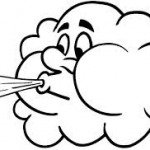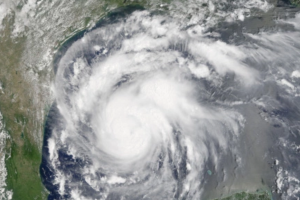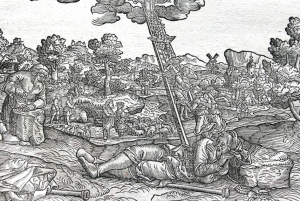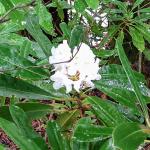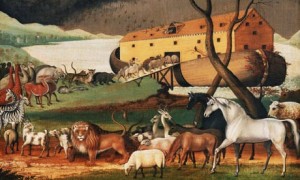 About a month ago, I paused with you to ponder humanity’s first breath, when God stooped and shadowed the face of adam, with knees planted in the mud, hands sinking in the soft, damp earth, lips to lips, mouth to mouth—and blew into Adam’s nostrils the breath of life. On the outskirts of Eden we glimpsed the ambiguity of creation, adam created as dust from the earth (adamah in Hebrew). We came to grips with
About a month ago, I paused with you to ponder humanity’s first breath, when God stooped and shadowed the face of adam, with knees planted in the mud, hands sinking in the soft, damp earth, lips to lips, mouth to mouth—and blew into Adam’s nostrils the breath of life. On the outskirts of Eden we glimpsed the ambiguity of creation, adam created as dust from the earth (adamah in Hebrew). We came to grips with
the unfortunate clash between energy and emptiness, life and death, breath and dust … where the giving of life is hemmed in by punctuations of death, like exclamation points in a Spanish sentence, where a single, shared intimate moment between God and adam is bordered by the inevitability of death: dust then life then dust. The opening scene of the human drama, though set in a garden of delight, echoes against the implacable cliffs of the valley of the shadow of death.
It’s not surprising that, just a story or two later—past Cain’s brutal murder of Abel, the birth of Seth, and sundry genealogies—we come to the flood, where we discover a mirror image of the creation story. The creation story read like this:
The LORD God breathed into his nostrils the breath of life; and adam became a living being.
The flood story reads like this:
And all flesh died—everything on dry land in whose nostrils was the spirit of life.
The chorus of life crescendoes if we recognize something astonishing: this spirit belongs, not to humankind alone, but to all flesh, all animals, clean and unclean, everything under heaven. This is an overture to life, all of life, living beings, human and animal, whose nostrils flare with the spirit of life. Animals breathe the spirit of the breath of life—just like human beings.
But there is something else, and this is what I want you to see. This story, a chorus of life, a crescendo of vitality, a cacophony of energetic squeals and barks and moos and howls, is, at the same time, a horrific denial of life. The presence of the spirit of life for all creatures crescendoes only on the cusp of a universal fatality, at the point of catastrophic death, when God destines to a watery destruction “all flesh in which is the spirit of life; everything that is on the earth shall die.” This is the sort of poignant, inescapable tension which lies, like it did in the mud on the day of creation, at the base of life and the heart of any spirituality—the work of the holy spirit—worth its salt.
I need to be honest with you. To come clean. I am suspicious of a sort of triumphalism that sees the work of the holy spirit exclusively in the spectacular—healings, prophecies, the promise of health and wealth, perennial joy and uninterrupted uplift. For instance, Joyce Meyer says this of the holy spirit: “His purpose is to come into us with His abiding presence and power and help us do things with ease that would otherwise be hard or even impossible” (page 8). Later she says, “After we receive the baptism of the Holy Spirit, we get filled with ‘can do.’” (page 44). This is partly true. Partly. But not the whole truth. And certainly not the whole of biblical truth because in the Bible, the spirit enters the story in the shadow of death, on the edge of destruction.
In my first spiritchatter post back in May, I wrote,
I am dumbstruck, dope-slapped by the ambiguity of it all.
I still am. The Bible doesn’t excise the ambiguity from life, not even when its stories are about the life-giving, energy-creating, vitality-infusing spirit of God. We learn first about the spirit only in the shadow of death, and we cling to that life still, floodwaters notwithstanding. We may be black and blue, but we’re black and blue because the blood still pulses in our veins, the breath still fills our lungs, the spirit still flares in our nostrils.
______________________________________________________________________________________
Painting by Edward Hicks (1780-1849), American folk painter and Quaker (Society of Friends) minister

